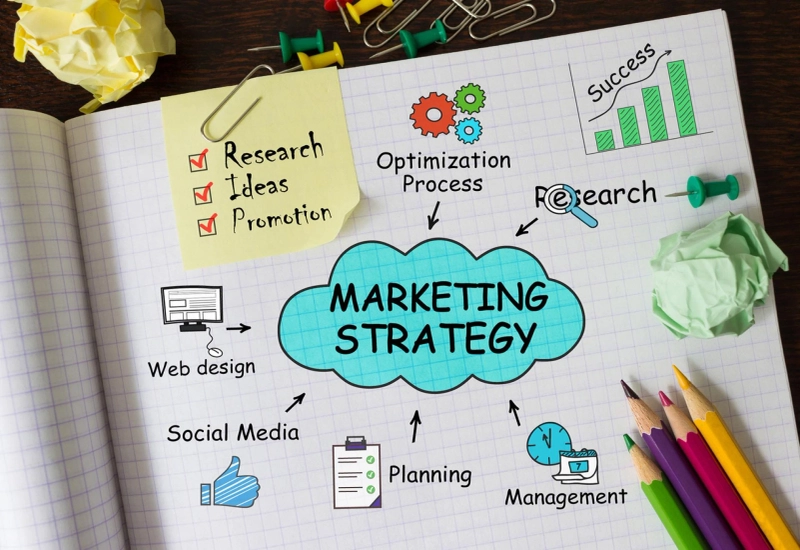Clarify the target. Define the smallest audience worth winning and the problem you solve first. Document customer profiles, triggers and success criteria. Choose one primary outcome-pipeline, paid conversions or retained revenue-and track it weekly so plans, budgets and experiments align.
Position with precision. Write a simple message that states the buyer, the pain and the promise. Benchmark competitors by claims, not features. Identify entry points-moments when buyers start searching-and align pages, ads and outreach to them. Remove vague language; proof beats slogans every time. Unlock growth with a powerful business marketing strategy - Visit our site today.
Own a focused wedge. Start with a beachhead segment where you can reach decision-makers cheaply. Tailor onboarding, pricing and support to that segment’s constraints. Publish one pillar guide and several supporting pages that answer practical questions. Use case-style stories and checklists to reduce perceived risk and shorten sales cycles.
Design pricing to learn. Price for adoption first, then expand by seats, usage or modules. Test a few clear options, not a menu. Tie value to a metric buyers already track. Review win-loss notes monthly to refine packaging and remove friction in purchasing or renewal.
Choose channels deliberately. Rank channels by time to impact, scalability, cost and control. Pair one compounding channel with one spiky channel early. Build simple playbooks: list building, message testing, follow-ups and weekly reviews. Set clear ownership for each channel and targets.
Build retention loops. Map activation steps and remove blockers that prevent the first successful outcome. Add habit-forming cues like templates, reminders or shared dashboards. Track usage north-star metrics, not logins. Offer onboarding sessions and quick wins that show practical value in the first week.
Operate by experiments. Maintain a growth model that links inputs to outputs. Run small tests with clear hypotheses, sample size estimates and stopping rules. Ship weekly: one product change, one campaign, one enablement asset. Archive results so hires avoid repeating failures.
Strengthen pipeline discipline. Qualify early, forecast conservatively and standardize discovery notes. Record objections and turn them into content, talk tracks and product tasks. Improve demos with a fixed agenda, proof points and set next steps before ending the call.
Protect unit economics. Monitor contribution margin, payback period and cash runway. Automate reporting to spot rising acquisition costs or churn risk. Pause projects that do not move the north-star. Convert one-off services into repeatable packages to stabilize revenue and planning.
Scale with intent. Document processes, hiring scorecards and definitions of done. Replace heroics with systems: checklists, templates, and reviews. Reinvest gains into the next wedge, not everywhere at once. Quarterly, decide what to stop, start and double down on-and publish the plan.
Author Resource:
Barry Elvis is the most accredited digital marketing expert. Apart from offering unique strategies based on the emerging internet marketing trends, he also uses the latest web technology and solutions to provide result oriented approach. You can find his thoughts at smo marketing blog.


